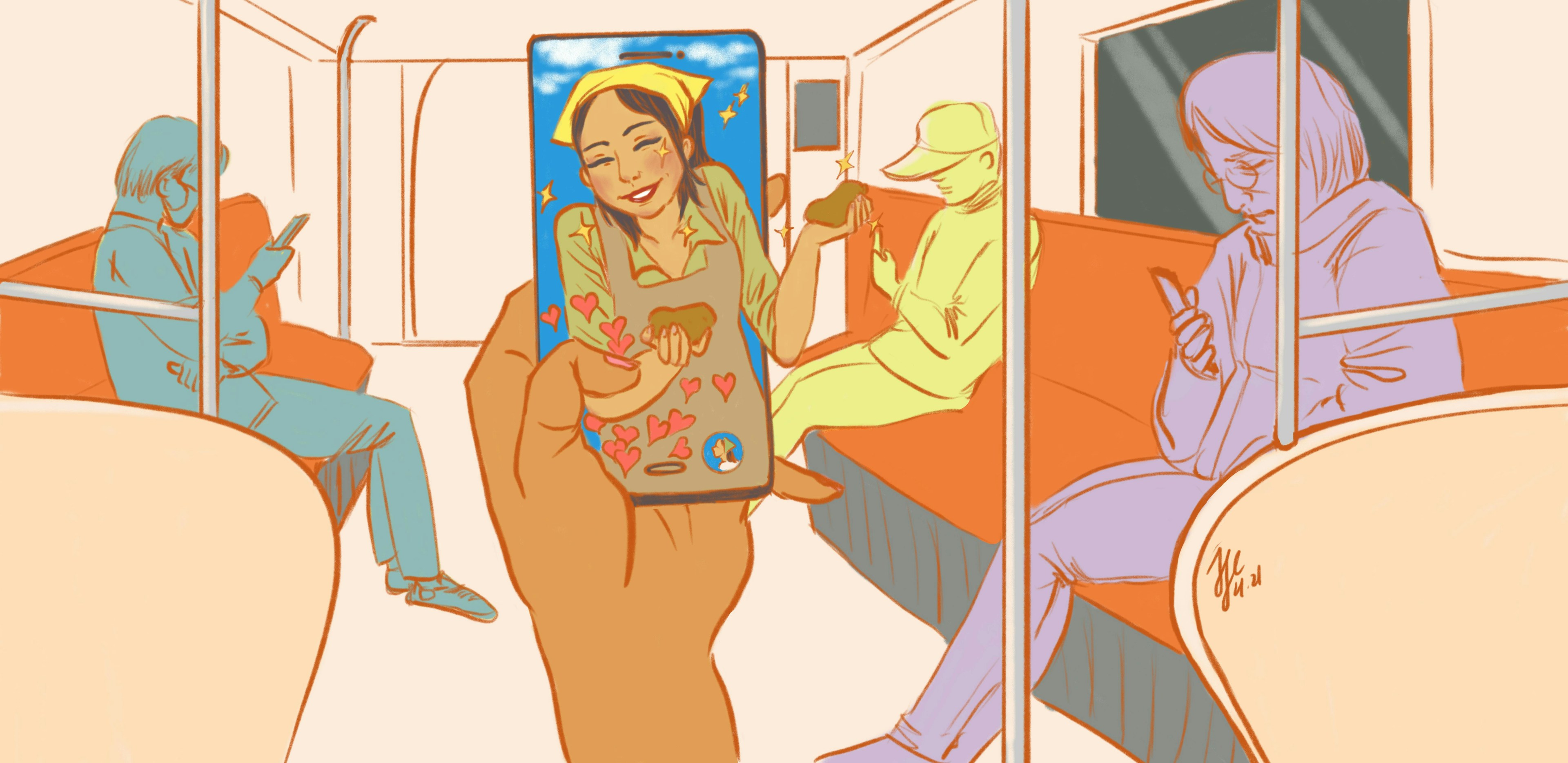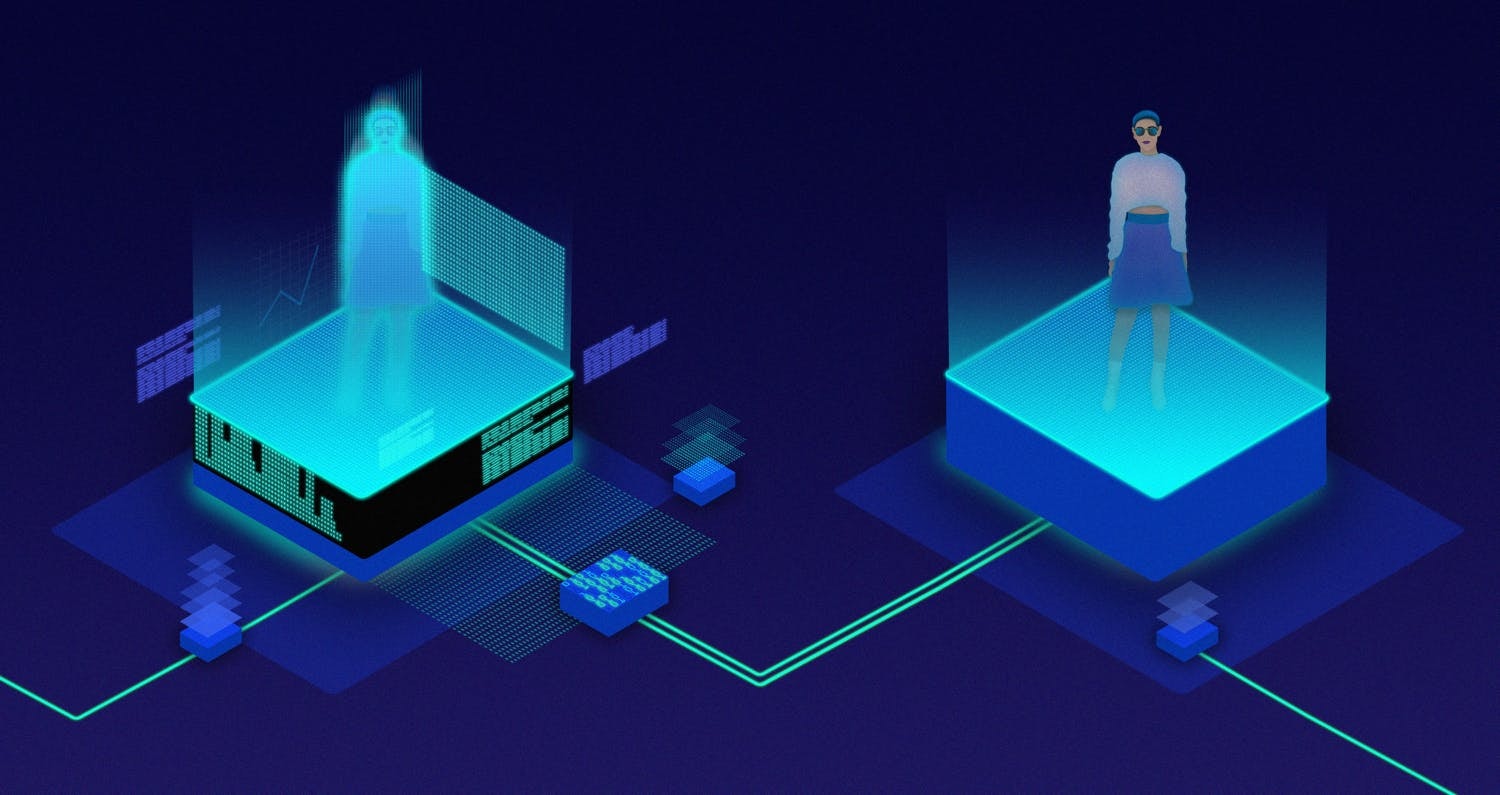The future of education is continuous, gamified and adaptive
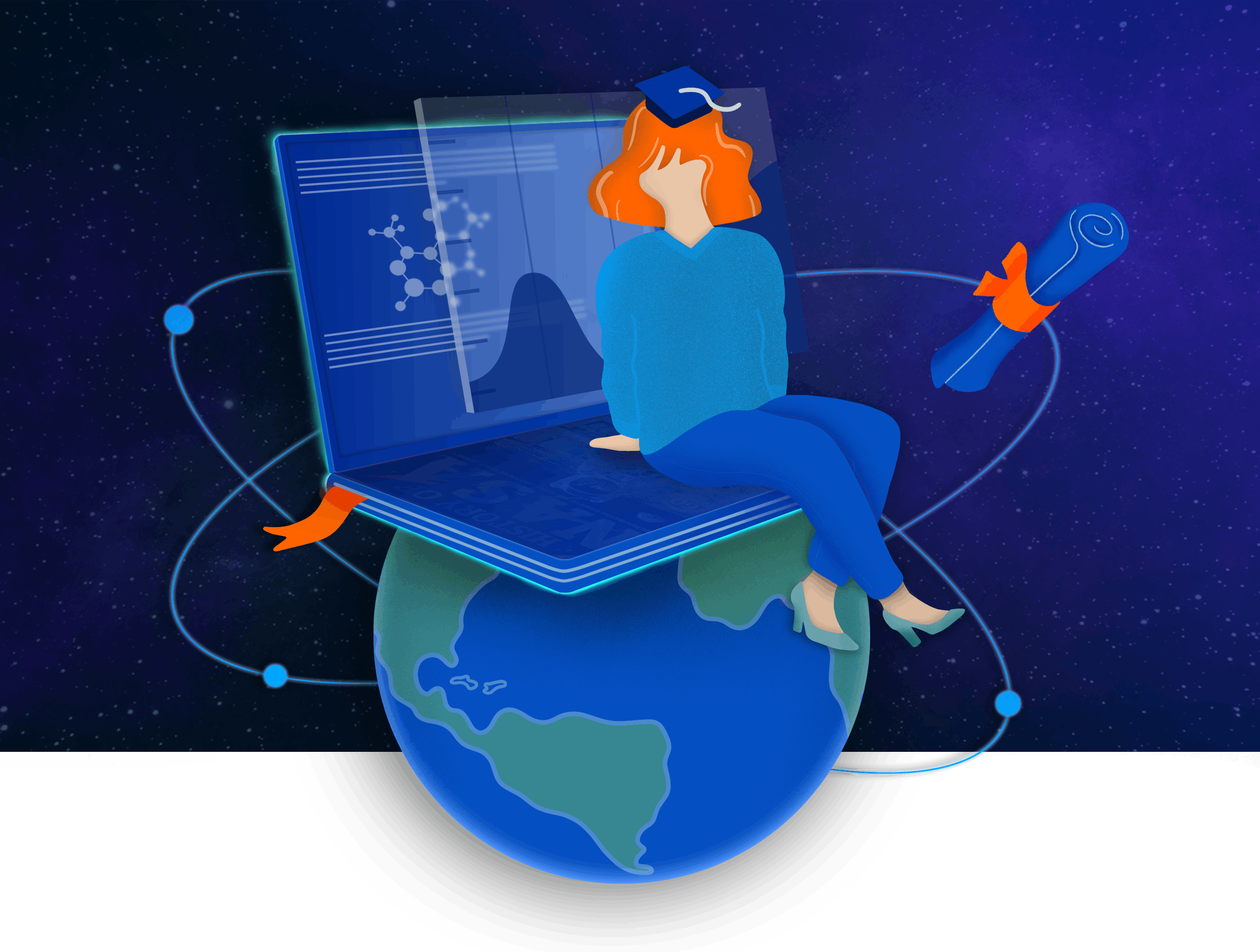
“Know thyself” is one of the maxims inscribed on the Temple of Delphi, often wrongly ascribed to Socrates. But his use of the phrase in Plato’s dialogues has become one of the cornerstones of modern civilisation.
The extent to which self-knowledge and self-scrutiny are possible, or indeed helpful, has been a subject of debate from Descartes and Kant, to Fraud and Foucault. It has been at the centre of our thinking about education, learning and self-development. Indeed, we often refer to the “Socratic method” as a way to teach critical thinking.
On its face, nothing could be further from that active-questions philosophy of education than the progressive use of technology in learning. Online videos and multiple-choice tests, which most of us associate with education technology, are not known for producing a deeper understanding of ourselves. Kenneth Koedinger, a professor of Human-Computer Interaction and Psychology at Carnegie Mellon University (CMU), makes a passionate case to the contrary.
Koedinger has studied and developed intelligent tutoring systems since the 1990s, including the Pump Algebra Tutor, widely used in the US. He now also heads the AI Research Lab on Personalized Education at Scale, jointly founded by CMU and Squirrel AI, a Chinese Series B startup that offers AI-curated tutoring to primary and middle school children.
In conversation, he is keen to stress the distinction between technology and “technique.” Education is about more than access to content, championed by Massive Open Online Courses (MOOCs) and other forms of online learning. It requires deliberate practice, where we adapt learning methods and vehicles to how we learn. But Koedinger believes doing so requires the acknowledgement that learning is outside of our own learning experience.
So far we have seen an expansion of access to educational content, thanks to different remote learning technologies. The fundamental limitation globally has been access: per UNICEF, almost half a billion schoolchildren (31 percent) cannot be reached by internet-based remote learning policies. This has not been an exclusive feature of developing countries. In the UK, the world’s 6th wealthiest economy by GDP, almost 10 percent of school-aged children do not have access to a laptop.
But, notes Koedinger, “the most important thing about education technology is the interaction data that allows us to learn about learners’ struggles.” Digital learning channels allow companies like Squirrel AI to collect data to build adaptive learning platforms, which not only adapt learning plans to students' levels, but to how they learn and what tasks they find most challenging—improving learning efficiency by “between five to 10 times” versus traditional instruction.
This is why Koedinger believes “education is ultimately becoming a science of ourselves.” Aided by vast amounts of data from different types of digital learning initiatives, future education institutions will “help kids understand how they work”. This transition is also likely to lead to a move away from a “lecture model” of education to “learning by doing,” which Koedinger, along with co-authors McLaughlin, Kim and Jia, argue to be particularly important “because most of human expertise involves tacit knowledge of the cues and conditions for deciding when, where, and what knowledge to bring to bear in complex situations.”
How is technology transforming education?
Koedinger believes the transition to more adaptive techniques in education technology shall be progressive and slow. This might be necessary.
Most innovations in education technology today happen at the (important) margins of classroom activity. One example is another Chinese K-12 education startup, “Homework Together,” which allows teachers to design online exercises where parents participate. It raised $250 million in Series E funding in 2018.
Much of today's edtech, like the learning management system (“LMS”) model, does not fundamentally change the mainstream formula for education, which focused on passive “absorption” of content from teachers who “know best.” Indeed, education remains "one of the least digitalised and most people-intensive economic sectors." But the pandemic initiated a global mass experiment in remote learning and teaching, which highlighted limitations in current forms of education technology, as well as opportunities for disruption.
Investment across a range of technologies in edtech was strong in 2019, and predicted to reach an all-time high, due to the shift to online learning during the pandemic. According to HolonIQ, an education intelligence firm, the “first half of 2020 was the second largest half-year for Global EdTech Venture Capital,” with $4.5B invested across all rounds.”
These innovations range from better IoT solutions, aimed at nudging students into effective learning behaviours, to using chatbots to enhance student-teacher communication. In many ways, the sophistication of these offerings has outgrown the clunky LMS model that evolved to support both face-to-face and remote learning since at least the 1980s.
But we can’t pretend that, for the vast majority of students and teachers, the move to online learning has been anything but an horrific experience—partly a testament of how woefully unprepared educational institutions were for the transition to digital.
According to a survey of US high school and college students by Niche, only 11 percent of the former and 15 percent of the latter found online classes as effective as in-person ones. In fact, a college’s likelihood to proceed with face-to-face classes seems to drive candidate choice of educational institutions.
This perhaps explains why 69 percent of high school students reported relying more on student reviews and social media sites for choosing universities. But the change is also generational. Whilst Millennials were the first generation to embrace self-study techniques, 57 percent of Generation Z prefer to learn via in-person activities with classmates (versus 38 percent for millennials).
In this context, overwhelming disappointment with much of online learning is unsurprising. Live video streaming does not eliminate face-to-face learning’s limitations. It still favours long, content filled sessions, and a one-size-fits-all approach to how material is presented.
There is another issue with live online lesson delivery—equality. The education system was, at least in theory, designed to bring students from diverse backgrounds into an equitable environment. This is the rationale both behind school uniforms, and the sameness most everywhere in schools—all the way down to classroom furniture.
Yet placing video cameras on students’ home desks meant that everyone can see the difference between those who take part in classes in spacious, air-conditioned homes; and those sitting shoulder-to-shoulder with siblings and maybe share a laptop. This is before we even consider those whose wifi connections are adequate for live streaming.
How is the industry changing?
The attachment to in-person teaching may explain why the successful rise of MOOCs, like Coursera, has not quite displaced higher education. At the same time, the pandemic is driving leverage in education away from traditional institutions and lecturer-led models, and this has the potential to reorganise the entire industry.
Some universities have already pivoted to digital. There are now over 50 MOOC-based college degrees worldwide, the fruit of partnerships between MOOC platforms and higher learning institutions that provide accreditation. As many as 2500 colleges in the US alone have launched bespoke online programmes, which may eventually blur the difference in legitimacy between formal education and platform providers.
Educational content is increasingly a commodity. Universities know that once they start competing on online content, their ability to differentiate themselves shall be severely limited. As a result, like in other industries, technology is leading to market consolidation of higher education institutions, with the 100 largest players representing almost 50 percent of student enrolment.
But as Professor Koedinger observes, learning is not just about absorbing content. The role of formal education is to help students develop critical thinking skills and creativity. Current online channels may be great for increasing access to content—but ultimately, we learn how to think by observing others doing it, and by doing it ourselves.
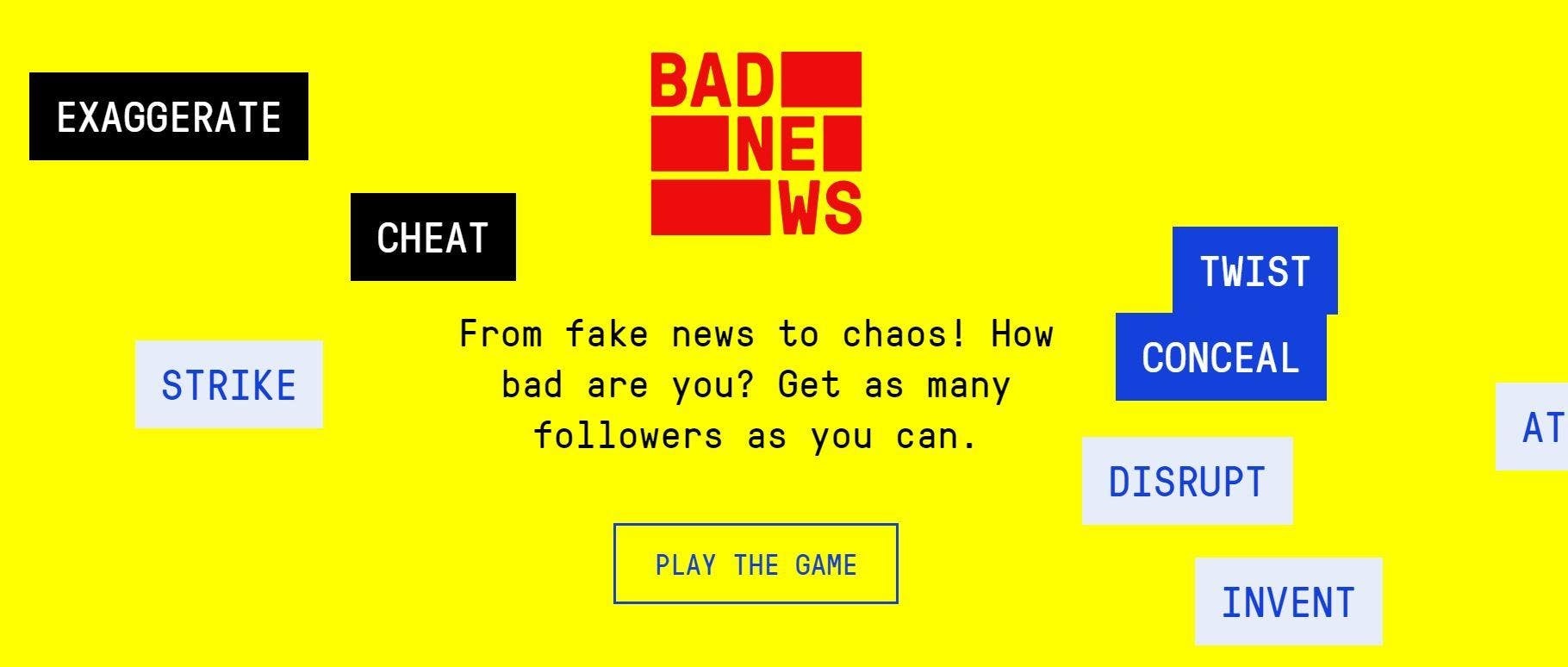
Screenshot of Cambridge University's "Bad News" game, which claims to be able to inoculate users against fake news.
Bringing active doing into digital learning
Without creating opportunities for students to engage with problems and use imagination to find solutions, online education risks merely reinforcing whatever levels of critical thinking ability students possess when they enrol. This is why technology innovation in education is increasingly unlikely to come from legacy providers. But we may see innovation drip in from outside traditional learning settings.
Games, for instance, can augment learning and stimulate critical thinking. In a recent study, Cambridge University researchers developed a simple online role-playing game, "Bad News," which lets players step into the shoes of the editor-in-chief of an online news media outlet. Playing the game reduced the "perceived reliability of fake news" by 21 percent on average—without affecting trust in legitimate news.
In another example, the French postal service launched a recruitment game in 2015 called “Facteur Academy,” allowing applicants to simulate a week in the life of a new postal carrier. The use of games in HR has risen because games are seen as better predictors of actual behaviour on the job. Those who played “Facteur Academy” were allegedly four times less likely to leave the job in the first year.
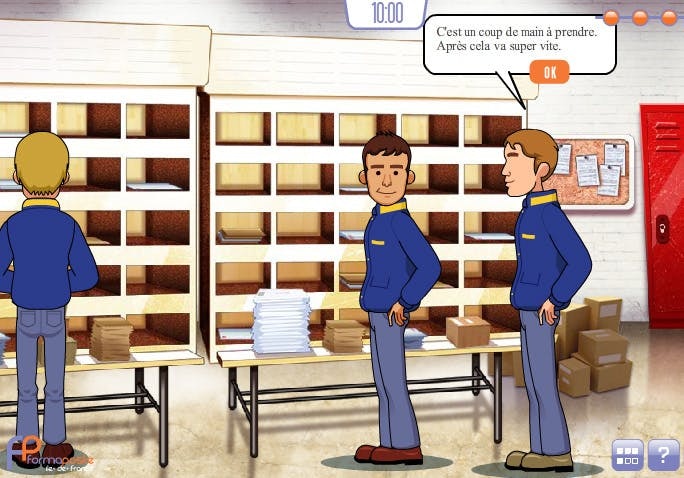
Screenshot of La Poste's "Facteur Academy."
One of the biggest factors affecting the pace of change from the current educational curriculum to a more “intelligent” one might be geopolitical. It is no coincidence that Squirrel AI is based out of Shanghai; China is investing heavily in artificial intelligence. Few other states would allow an AI tutoring system to be used in almost 2000 schools already.
We must be mindful that the push for education data in China has a controversial side—at least from a European perspective, where social interpretations of privacy differ. Another Chinese company, Hangwang Education, offers in-class facial recognition, which provides students (as well as parents and teachers) with a behavioural score based on how much time they spend on different mental activities (such as focusing or listening). The pattern recognition software is then used to improve individual performance as well as class dynamics—for instance, by advising teachers on whom to focus on.
Such solutions are not likely to scale in Europe or the US any time soon. But tracking student behaviours to improve learning outcomes will eventually become mainstream.
True innovation is unlikely to come from legacy learning systems, designed to support fixed stationary degrees and a job for life. These tend to focus on creating efficiencies in existing systems, like using apps to help students plan study time. Innovation is also not likely to come from otherwise useful interventions that help students engage with existing content, such as “Homework Together.”
The future model is likely to look more hybrid. Players who do this right understand that education itself is changing through technology, and requires more adaptive, targeted and lifelong learning interventions. The idea of a static analogue degree is slowly becoming an artefact in an increasingly digital world—with dynamic digital credentials or game-like job simulations being the future of hiring.
If, as seems to be the case, the future yields further expansion of the gig economy and remote working, a move towards dynamic credentials, and gamified or experiential learning, might provide better support for those moving “between gigs,” allowing individuals to diversify skills as well as employment opportunities.
All in all, this could de-risk an otherwise increasingly precarious system.
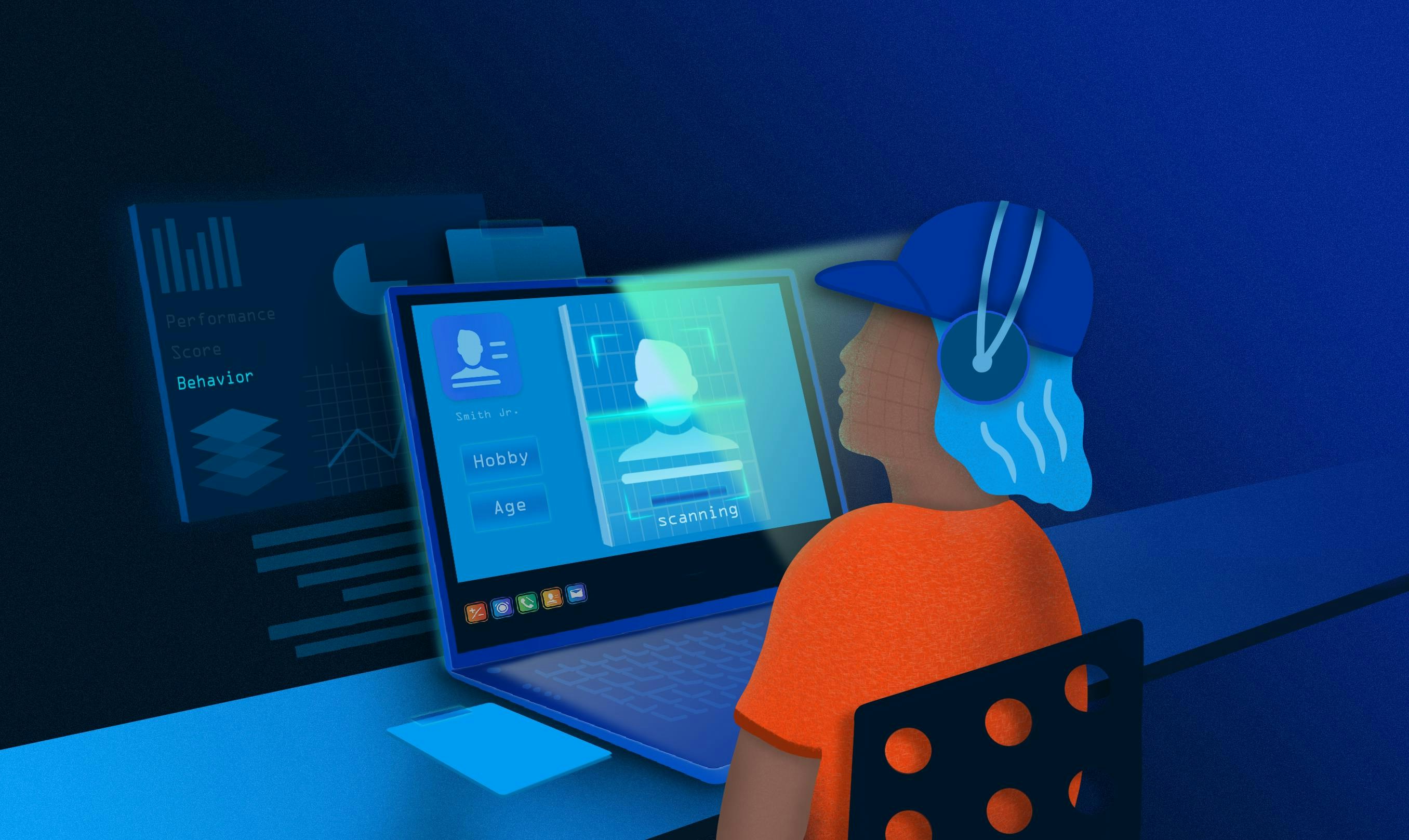
08 Jul 2021
-
Michal Rozynek
Illustrations by Dominika Haas.
DATA-DRIVEN TECH & SOCIAL TRENDS. DISCOVERED WEEKLY. DELIVERED TO YOUR INBOX.
02/03
Related Insights
03/03
L’Atelier is a data intelligence company based in Paris.
We use advanced machine learning and generative AI to identify emerging technologies and analyse their impact on countries, companies, and capital.

